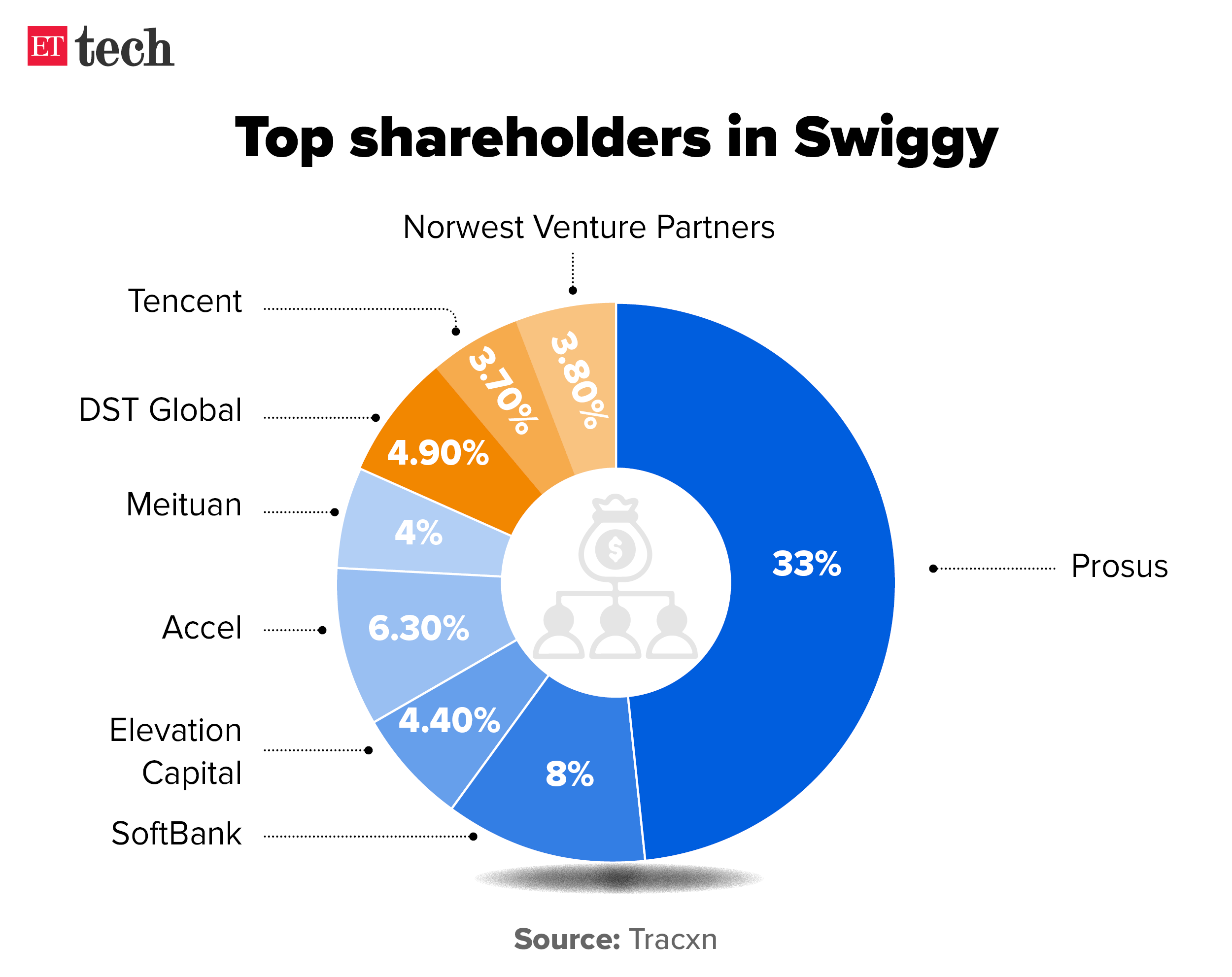Stock Exchange is a vital component of the financial market, serving as a hub for the buying and selling of stocks, bonds, and other securities. It plays a crucial role in the economy by enabling companies to raise capital and investors to make informed investment decisions.
Let’s delve into the origin of stock exchanges, their exact meaning, the various types, and how they function.
Origin of Stock Exchange
The concept of the stock exchange dates back to the 17th century. The Amsterdam Stock Exchange, established in 1602 by the Dutch East India Company, is often considered the world’s first official stock exchange. This exchange allowed investors to buy and sell company shares, creating a formalised system for trading securities. Over time, the idea spread across Europe and eventually to the rest of the world, leading to the establishment of many other stock exchanges.
Exact Meaning of Stock Exchange
A stock exchange is a regulated marketplace where securities such as stocks, bonds, and derivatives are bought and sold. It provides a platform for companies to list their shares and for investors to trade those shares in an organised manner. Stock exchanges ensure transparency, liquidity, and security in transactions, making it easier for companies and investors to participate in the financial market.
Types of Stock Exchanges
- Primary Markets
- Secondary Markets
- Over-the-Counter (OTC) Markets
- Electronic Communication Networks (ECNs)

There are several types of stock exchanges, each serving different purposes and markets:
1. Primary Markets:
These are where companies issue new securities for the first time, often through Initial Public Offerings (IPOs). The capital raised helps companies expand and grow their operations.
2. Secondary Markets:
Once securities are issued in the primary market, they are traded among investors in the secondary market. Most people consider this the stock market, where existing shares are bought and sold.
3. Over-the-Counter (OTC) Markets:
These decentralised markets where securities not listed on formal exchanges are traded directly between parties. OTC markets typically involve smaller companies with less stringent regulatory requirements.
4. Electronic Communication Networks (ECNs):
These automated systems match buy and sell orders for securities, providing a fast and efficient trading platform. ECNs operate independently of traditional stock exchanges.
How Stock Exchanges Work
Stock exchanges function through a network of buyers, sellers, brokers, and regulatory bodies. Here’s a simplified overview of how they work:
- Listing:
Companies apply to list their shares on a stock exchange. Once approved, they can offer their shares to the public through an IPO.
- Trading:
Investors place buy and sell orders for shares through brokers. These orders can be executed either on the exchange floor or electronically.
- Matching Orders:
The exchange matches buy and sell orders using a process called price discovery. This ensures that transactions occur at the best possible price.
- Settlement:
After a trade is executed, the exchange ensures that the buyer receives the shares and the seller receives the payment. This process is known as settlement and typically occurs within a few days.
- Regulation:
Stock exchanges are heavily regulated to ensure fair trading practices, protect investors, and maintain market integrity. Regulatory bodies set rules and standards that all participants must follow.
In short, The stock exchange is an essential institution in the financial world, facilitating the flow of capital and providing opportunities for investors to grow their wealth. Understanding its origin, functions, and types can help individuals make more informed investment decisions and appreciate the role of this critical marketplace in the global economy.
For those interested in diving deeper into the workings of stock exchanges or exploring investment opportunities, numerous resources and financial experts are available to guide you through the complexities of the market.




